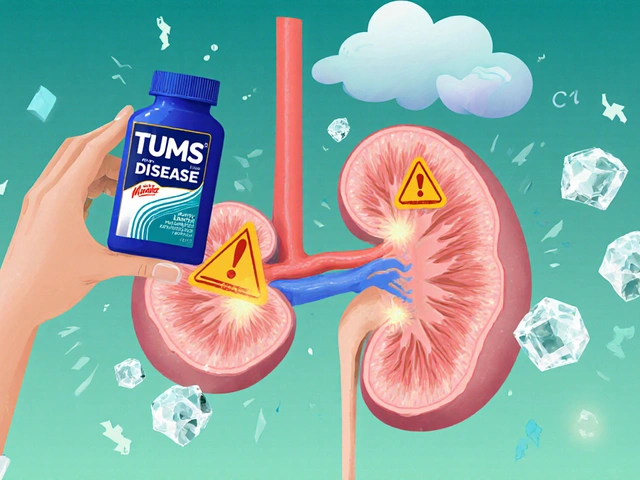Oral Appliance Therapy for Snoring: How Mandibular Advancement Works and Who It Helps
December 1 2025Sulfamethoxazole: What You Need to Know
Sulfamethoxazole is a sulfonamide antibiotic usually combined with trimethoprim (known as TMP-SMX or co-trimoxazole). It's used to treat common bacterial infections like urinary tract infections (UTIs), bronchitis, some ear infections, and certain skin infections. Because it's often mixed with trimethoprim, many people know it by brand names such as Bactrim or Septra.
How it works and common uses
Sulfamethoxazole blocks a step bacteria use to make folate, and trimethoprim blocks a later step. Together they stop bacteria from growing. That makes the combo effective against a variety of organisms, but resistance is rising for some strains. Doctors usually pick TMP-SMX when the likely bug is known to respond.
For many adult infections the common dose is the double-strength tablet (800 mg sulfamethoxazole / 160 mg trimethoprim) taken twice daily, but dosing changes with the infection type and kidney function. Children get weight-based doses. Always follow your prescriber's directions and don't change dose or stop early without checking.
Safety, side effects and buying tips
Most people tolerate TMP-SMX, but expect possible nausea, upset stomach, diarrhea, and increased sensitivity to sunlight. A red or itchy rash can be a first sign of trouble. Stop the drug and seek urgent care if you get blisters, peeling skin, a high fever, yellowing of the skin or eyes, breathing trouble, or swelling — these are signs of serious reactions like Stevens-Johnson syndrome or liver injury.
Sulfamethoxazole can interact with warfarin (it boosts bleeding risk), some diabetes drugs, phenytoin, and methotrexate. If you have severe liver disease, advanced kidney disease, porphyria, or a known sulfa allergy, this drug may not be safe. People with G6PD deficiency risk hemolysis and should avoid it.
Pregnancy needs special care. Avoid TMP-SMX near the end of pregnancy because sulfamethoxazole can increase the newborn's risk of jaundice. Breastfeeding usually requires a quick check with your doctor. Also remember bacteria can be resistant; cultures and sensitivity tests help find the right antibiotic.
If you need to buy TMP-SMX online, use a licensed pharmacy and expect to provide a prescription. Check for recognized verification seals and readable contact info. Avoid sites that sell prescription drugs without asking for a prescription. Store tablets in a cool, dry place and throw away expired medicine safely.
Call your healthcare provider if symptoms get worse, fever doesn't improve, or you notice any worrying side effects. Quick action prevents small problems from becoming serious. If you want specific dosing or drug alternatives, ask a pharmacist or doctor who knows your history.
Typical treatment lengths vary: short courses of three days for some uncomplicated UTIs, and longer courses of seven to fourteen days for skin or lung infections. Take each dose with a full glass of water and finish the whole course even if you feel better. If you miss a dose, take it as soon as you remember but don't double up. For long treatments doctors may check blood counts and kidney function. Always tell your prescriber about other medicines and allergies.
 8 Nov
8 Nov
Sulfamethoxazole and its potential role in treating Lyme disease
As a keen aspirant in health research, I've found a fascinating connection that might just revolutionize our fight against Lyme disease. It's all about Sulfamethoxazole, a powerful antibiotic known for combating various bacterial infections. Recent findings suggest it may have potential use in treating this disease. So, on this page, let's explore together how this miracle drug might be our new weapon against Lyme disease and the ground-breaking research behind these bold claims.
Read More...




